Making homemade pasta is one of the most rewarding culinary experiences you can have. The process combines art, tradition, and craftsmanship—the result is fresh, aromatic pasta that makes every dish special. Whether you’re a beginner or an experienced cook, this ultimate guide will walk you through everything you need to know to make pasta like a pro.
Why Make Homemade Pasta?
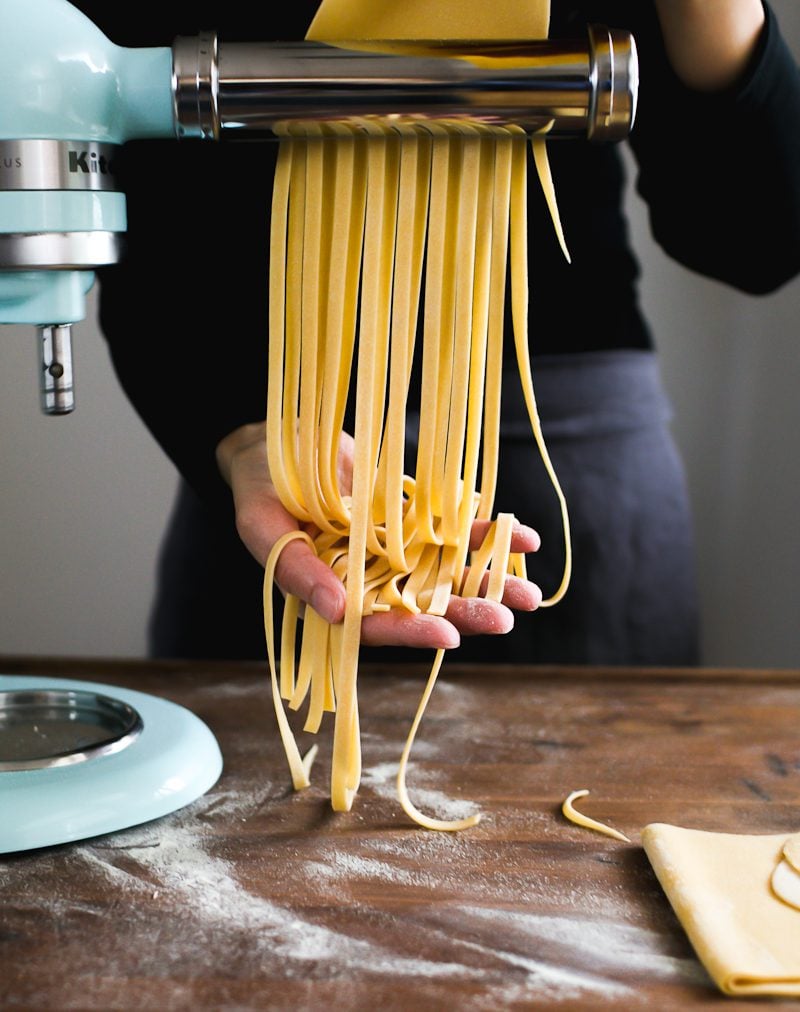
1.Excellent taste
Fresh pasta has a delicate texture and a richer flavor than store-bought dry pasta.
2.Customization
When you make pasta at home, you can choose the type of flour, shape, and thickness yourself and tailor each batch to your dishes.
3.Health benefits
With homemade pasta, you have control over the ingredients—ideal for those who want to avoid preservatives or prefer whole grains.
Essential Ingredients for Homemade Pasta
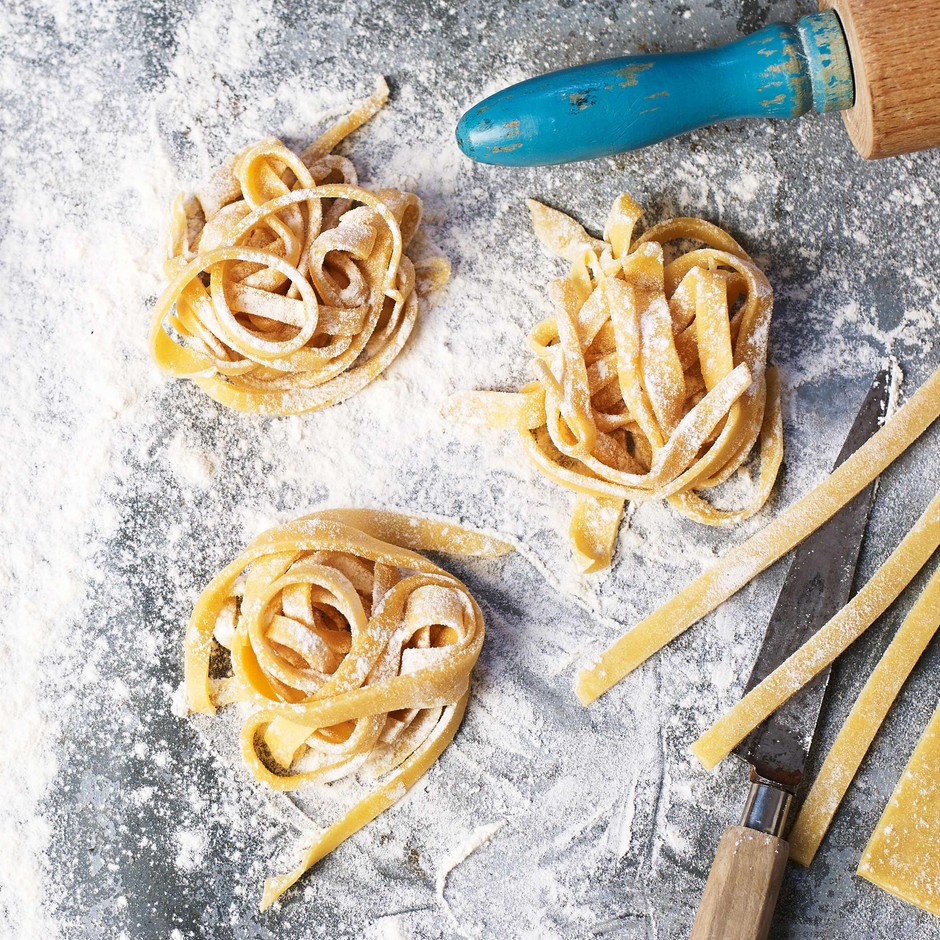
Using high-quality ingredients is the basis for making homemade pasta.
Flour types
- All-purpose flour – Well suited for beginners; produces a soft dough.
- Semolina flour – Traditionally used for Italian pasta; provides firmness and bite.
- 00 flour – Ultra-fine Italian flour, ideal for smooth, silky pasta.
Eggs
Use fresh, free-range eggs for rich color and intense flavor.
Salt
Enhances flavor and strengthens the gluten structure.
Water
Filtered water is best to avoid a mineral taste in the dough.
Essential Tools for Pasta Making
You can make pasta entirely by hand, but it’s easier with a few tools:
- Mixing bowl
- Rolling pin or pasta machine
- Sharp knife or pasta cutter
- Wooden board or clean work surface
- Drying rack for storing the pasta before cooking
Step-by-Step Guide: Mastering the Pasta Dough
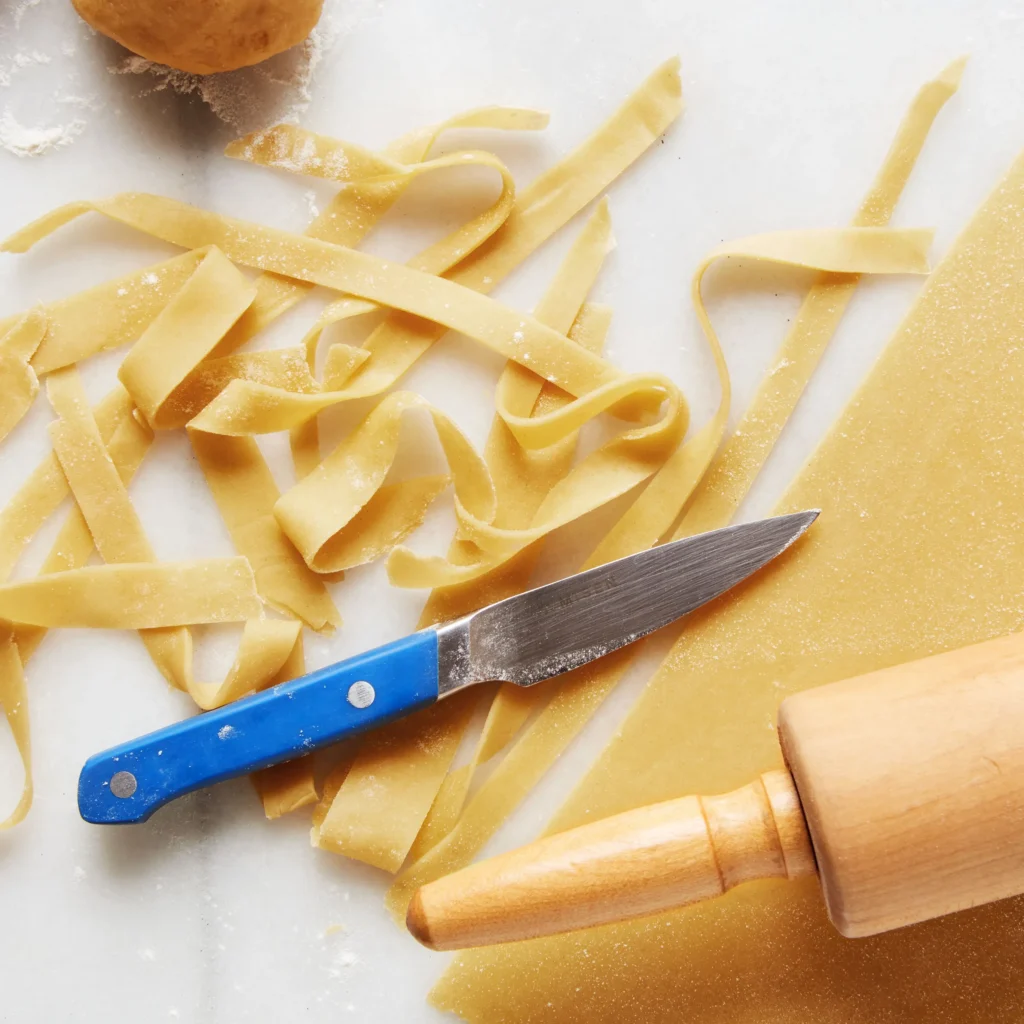
1.Measure the ingredients
Accurate measurements are the key to consistent results.
2.Form a well in the flour
Form the flour into a mound and make a well in the center.
3.Add the eggs
Crack the eggs into the well and add salt and water as needed.
4.Mix and knead
Gradually mix the flour into the eggs with a fork. Knead for 8–10 minutes until smooth.
5.Let the dough rest
Cover with plastic wrap or a damp cloth. Let rest for at least 30 minutes to allow the gluten to relax.
Rolling and Shaping Homemade Pasta
By hand
- Roll out the dough to the desired thickness with a rolling pin.
- Cut into strips for tagliatelle, squares for ravioli, and sheets for lasagna.
With a pasta machine
- Start with the widest setting, fold and roll the dough several times.
- Gradually reduce the setting until the pasta has reached the desired thickness.
- Cut into the desired shape.
Cooking Fresh Pasta
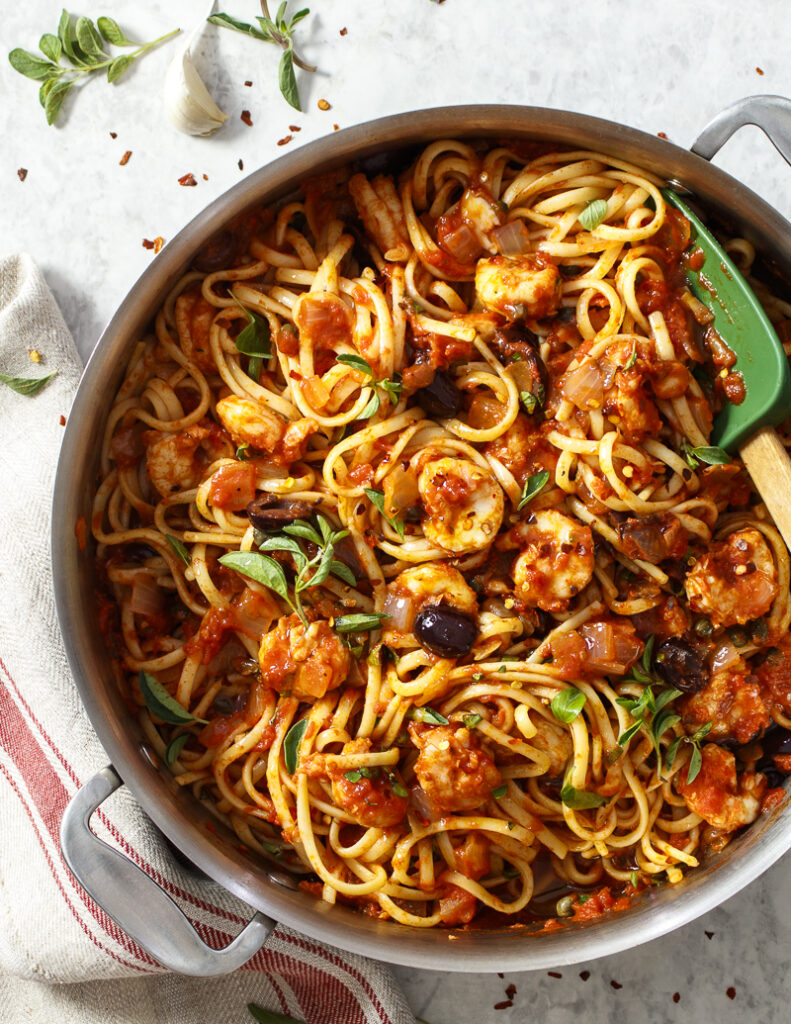
Cooking time
Fresh pasta cooks much faster than dried pasta—usually 2–4 minutes.
Season the water
Add salt to the boiling water to enhance the flavor.
Don’t overcook
Check regularly; the pasta should be al dente.
Homemade pasta sauces to try
The right sauce makes all the difference:
- Classic tomato sauce – Simple, rich flavor
- Carbonara – Creamy with pancetta and egg
- Pesto Genovese – Fresh basil, garlic, pine nuts, and olive oil
- Linguine with seafood – Olive oil, garlic, and fresh seafood
- Brown butter sage sauce – Perfect for ravioli or gnocchi
Tips for Perfect Homemade Pasta Every Time
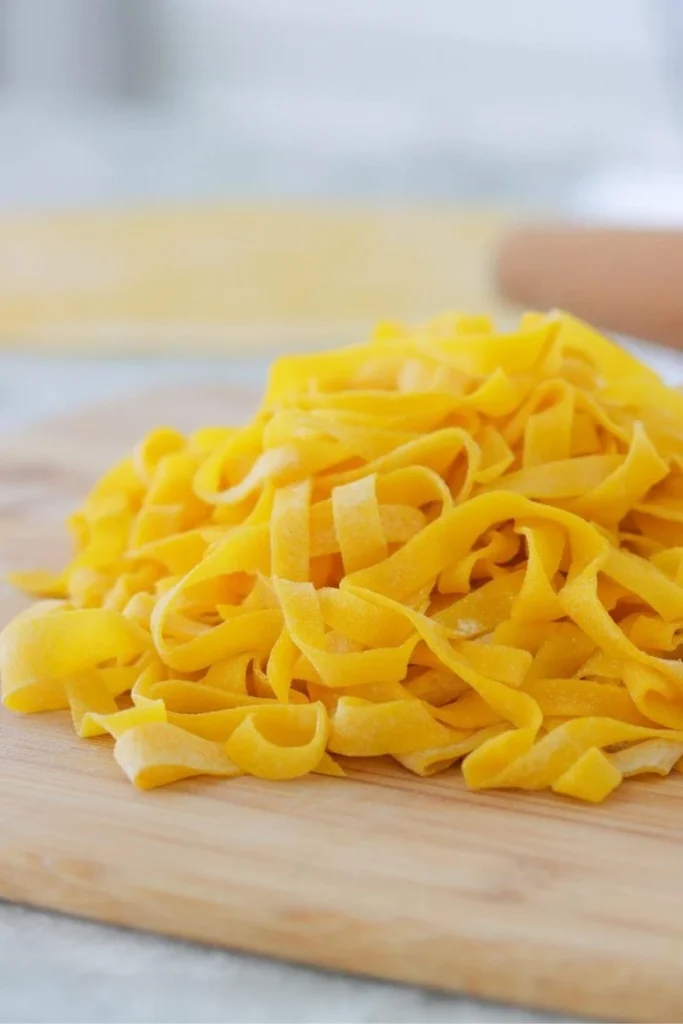
- Use eggs at room temperature to help the dough mix better.
- Do not add too much flour when rolling out the dough, as this can cause it to dry out.
- Cover the pasta sheets to prevent them from drying out before cutting.
- Cook the pasta immediately or leave it to air dry if you want to store it.
Storing homemade pasta
Short term
Store fresh pasta in an airtight container in the refrigerator for up to 2 days.
Long term
Freeze the pasta shapes on a tray before transferring them to freezer bags. Cook them straight from frozen.
The Joy of Homemade Pasta: Beyond the Kitchen
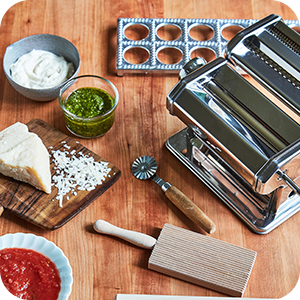
Making pasta is more than just cooking—it’s a cultural tradition. In Italy, preparing fresh pasta often brings families together and turns meals into shared experiences. When you master the art of making homemade pasta, you are engaging in a timeless craft that connects you to centuries of culinary heritage.
Conclusion
Making homemade pasta is not complicated, but it does require patience, precision, and practice. With the right ingredients, tools, and techniques, you can create pasta dishes that rival the best in Italy. So roll up your sleeves, dust your work surface with flour, and start making delicious pasta at home—you’ll taste the difference in every bite.
